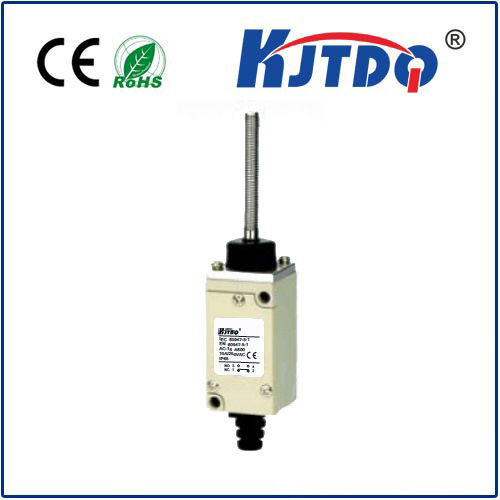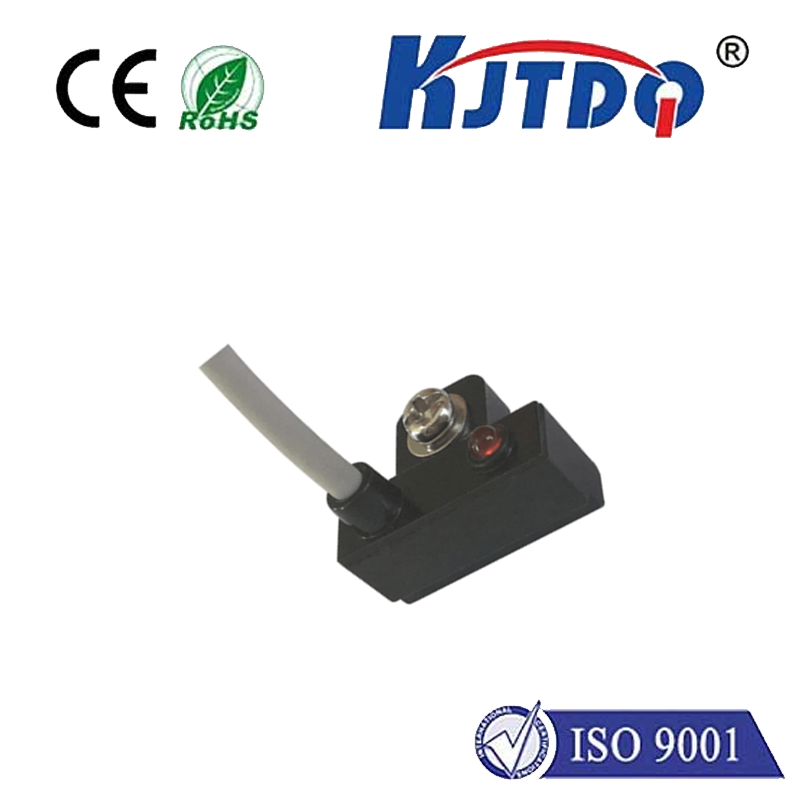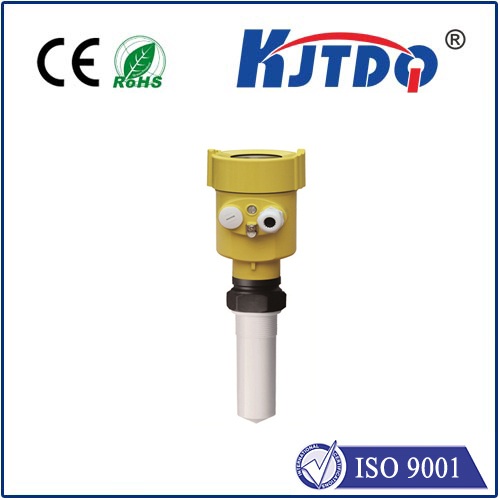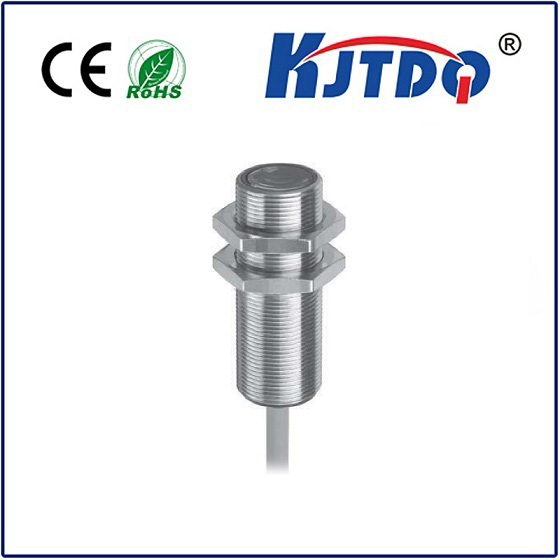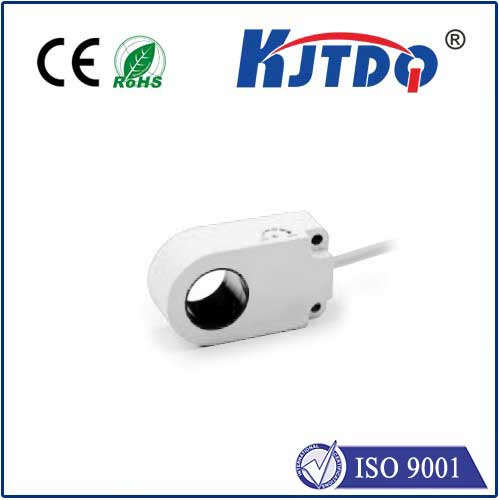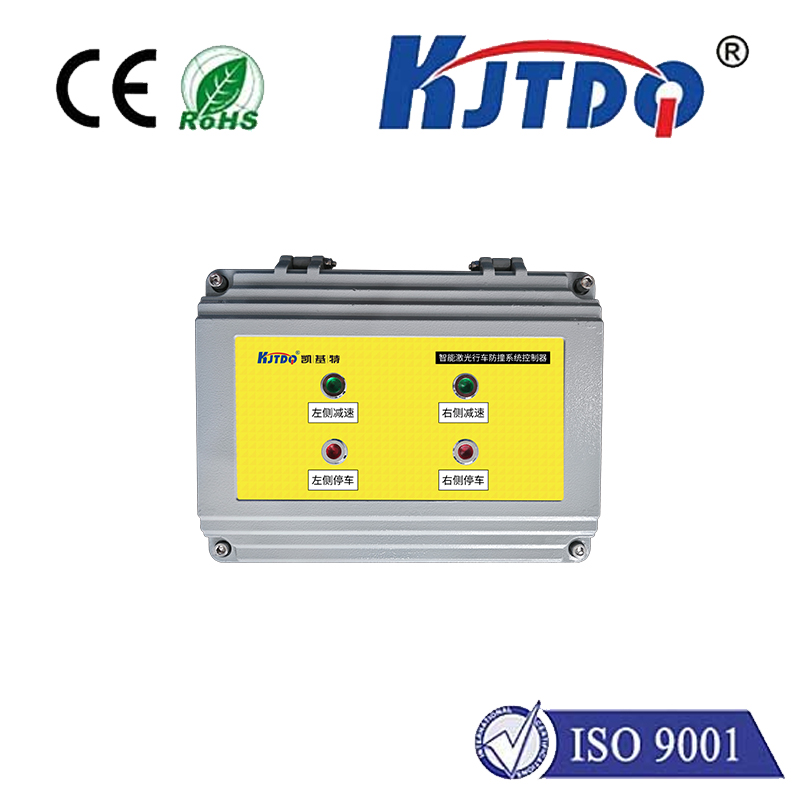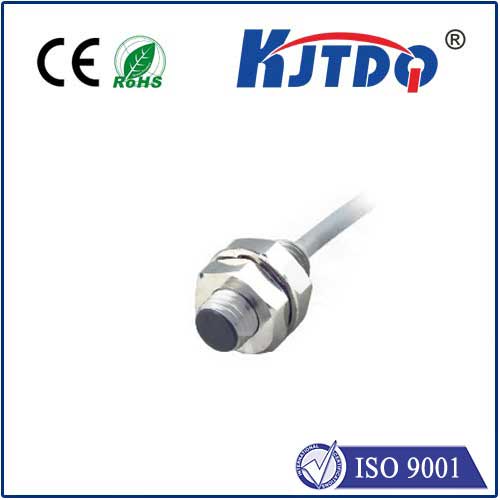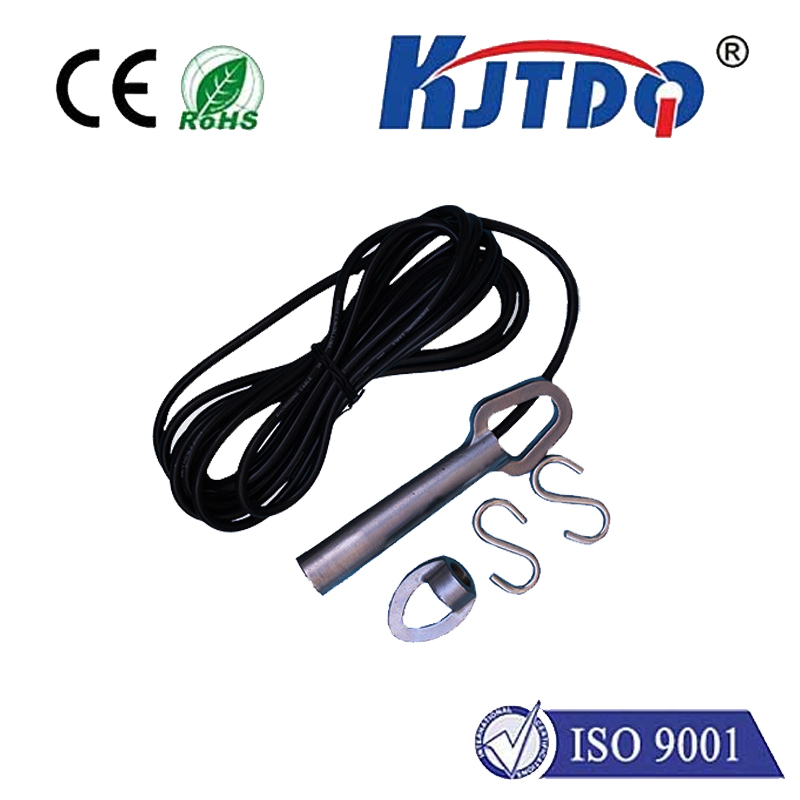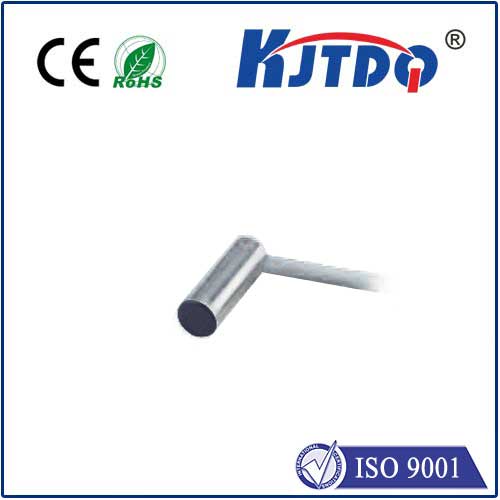

check

check

check

check

check

check

check

check

check

check
In today's industrial landscape, automation has become a crucial aspect of improving efficiency, productivity, and overall safety in manufacturing processes. One of the key components that enable automated systems is the pneumatic cylinder, which is responsible for moving materials and parts through various stages of production. However, to ensure optimal performance and safety, it is essential to have reliable proximity sensors that can detect the presence or absence of the cylinder.
Proximity sensors are designed to sense the distance between two objects, and they can be integrated into pneumatic systems to monitor the position and movement of the cylinder. By doing so, these sensors help prevent accidents caused by misaligned or misplaced cylinders, as well as optimize the control of pneumatic devices.
One of the main advantages of using proximity sensors in pneumatic systems is their ability to provide accurate and real-time feedback on the location and status of the cylinder. This information is critical for maintaining proper alignment, ensuring smooth operation, and preventing potential damage to equipment or personnel. Furthermore, proximity sensors can also be used to detect the opening and closing of the cylinder, allowing for more precise control over the flow of air or other materials.
In addition to improving safety and efficiency, proximity sensors also offer numerous other benefits in industrial automation. They can increase productivity by reducing downtime due to mechanical failures or malfunctions, and they can help reduce energy consumption by optimizing the use of air pressure in pneumatic systems. Moreover, these sensors can be easily customized to suit specific applications and requirements, providing a high degree of flexibility and adaptability in industrial processes.
To conclude, the integration of proximity sensors into pneumatic cylinders is a critical aspect of modern industrial automation. By enhancing efficiency, safety, and accuracy in these systems, proximity sensors can help manufacturers achieve better outcomes and improve overall performance. As technology continues to evolve, it is likely that we will see further advancements in this field, leading to even more sophisticated and reliable solutions for industrial automation.

